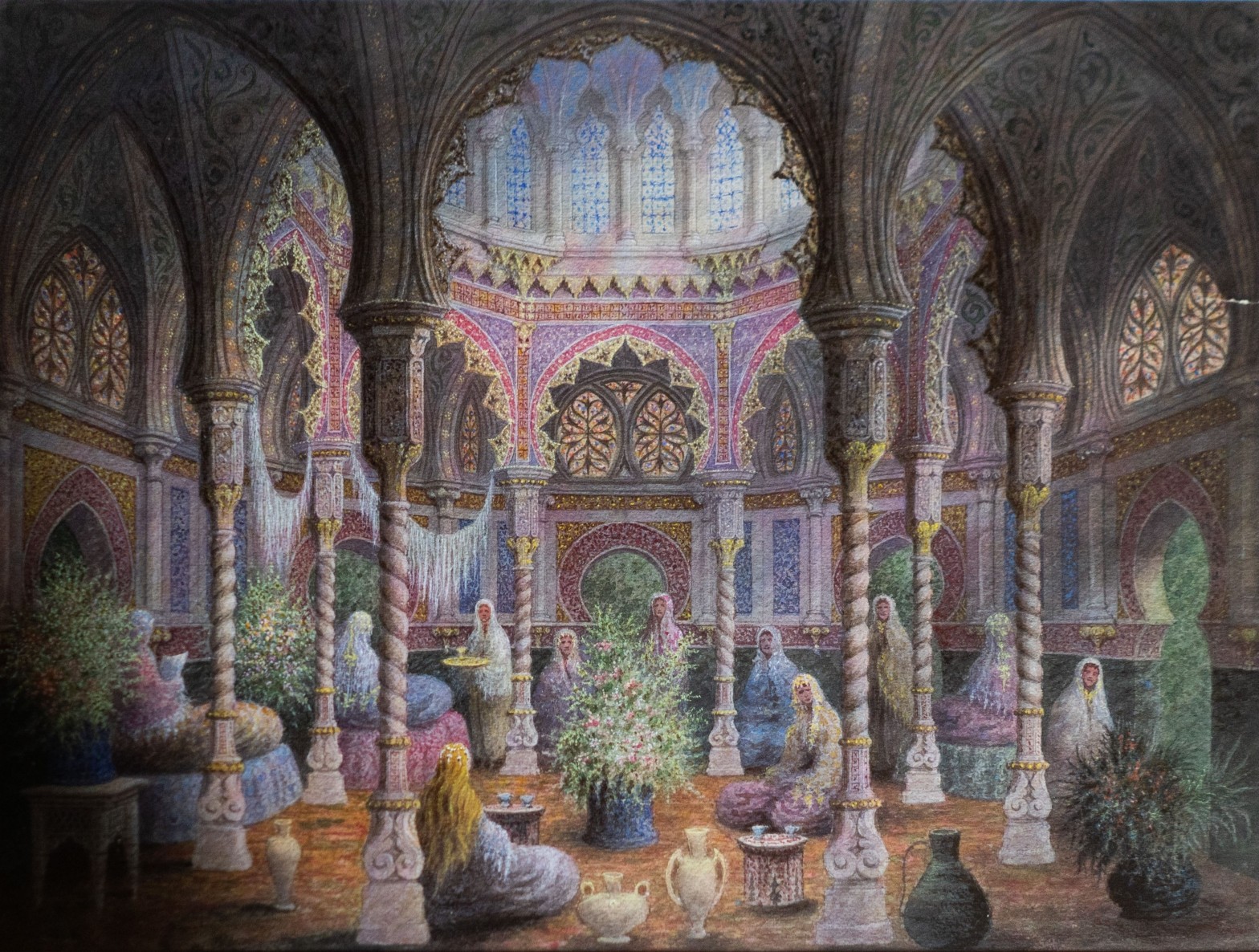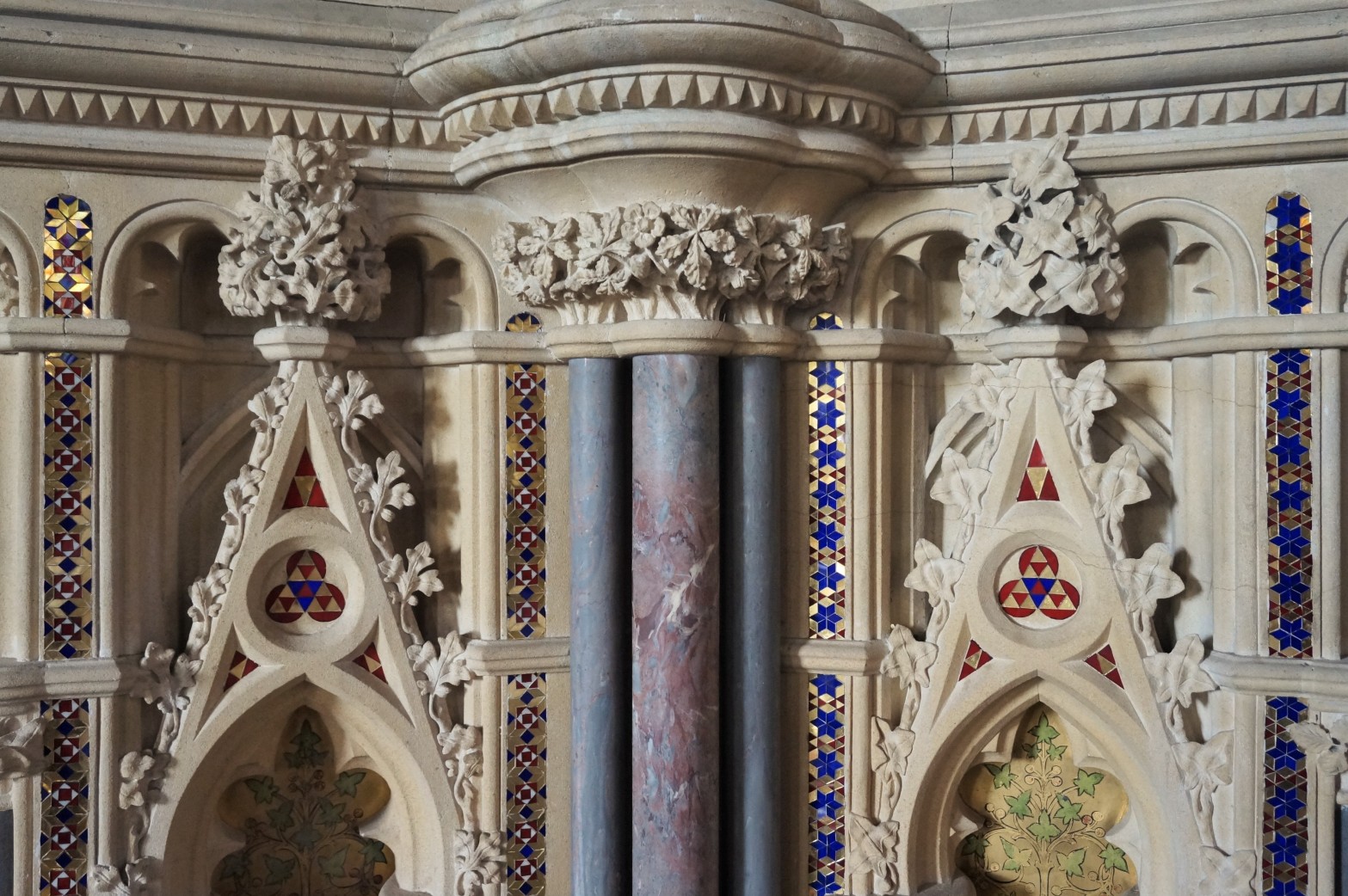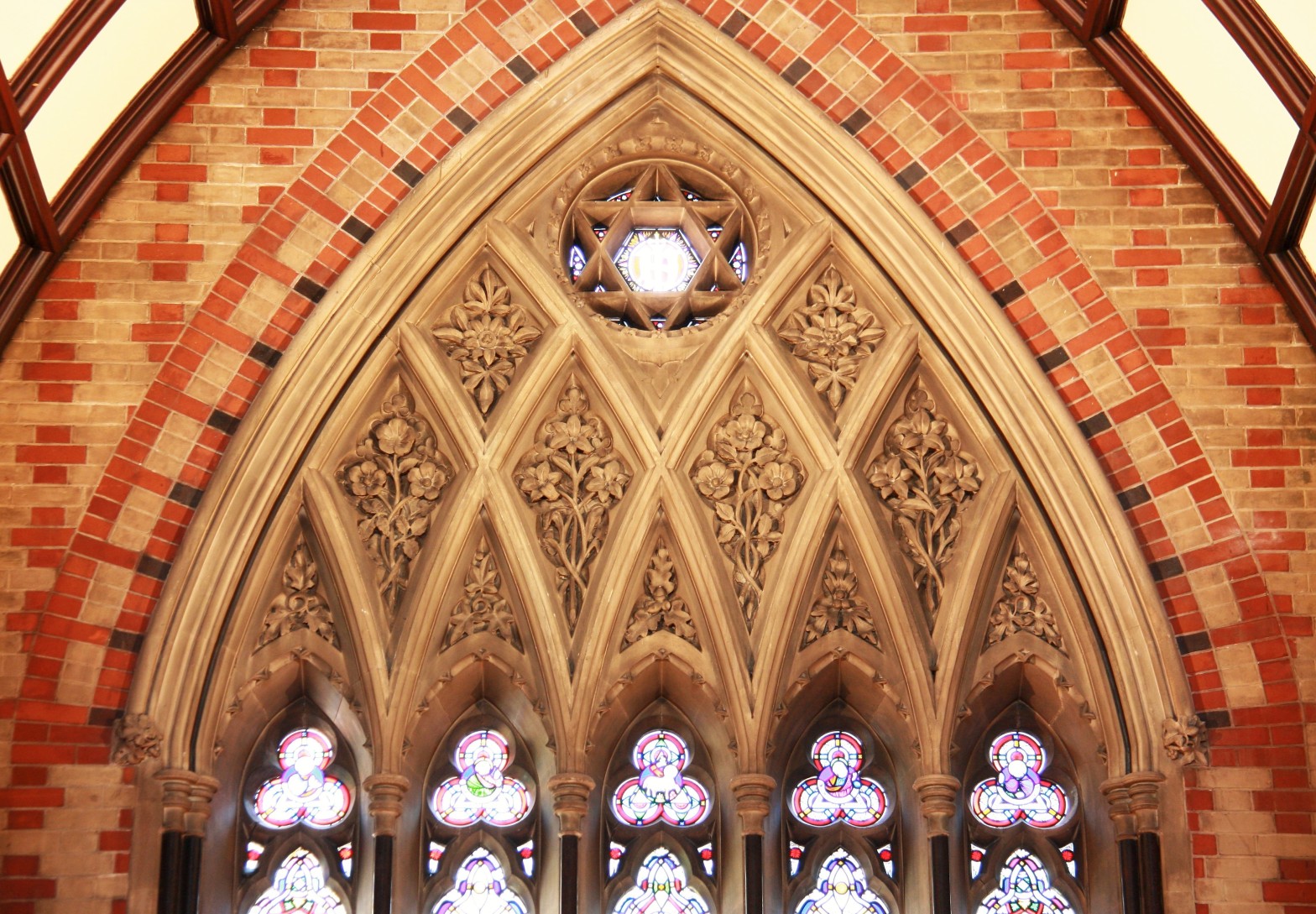The internet has changed the process of writing architectural history beyond all recognition. Information that just twenty years ago would have required lengthy and arduous research to track down can now be obtained with a few clicks. The amount of material which has been digitalised and placed within the public domain is truly staggering. ItContinue reading “The phantasmagorical Mr Croft”
Category Archives: Church Restoration
Prolific inimitability: getting to grips with S.S. Teulon (1812-1873)
For many of the architects featured in this blog, single posts running to something in the region of 15 pages of copy is sufficient to give a reasonably comprehensive account of their careers. Further research might bring to light previously unknown works and thereby flesh out the picture, but is unlikely to yield anything thatContinue reading “Prolific inimitability: getting to grips with S.S. Teulon (1812-1873)”
High Victorianism for the Kent Coast: the architecture of Wheeler and Hooker
The three series of Six English Towns that Alec Clifton-Taylor made for the BBC in the 1970s-1980s are an excellent introduction to some of the most attractive, best preserved and architecturally most rewarding historic places in the country. All 18 subjects were well chosen and all of them will repay handsomely the time and effortContinue reading “High Victorianism for the Kent Coast: the architecture of Wheeler and Hooker”
Joseph Peacock – Rogue to the family business
This is a figure who deserves a long and detailed write-up. That he is not going to get one in this post is the result of a happy circumstance, which is that this blog is about to be supplanted – and on this occasion, by its own author. Last week I received the news fromContinue reading “Joseph Peacock – Rogue to the family business”
Robert Lewis Roumieu: progressive or prankster?
One is the former London office of a firm that produced vinegar and fortified wines. The other is a speculative development of townhouses aimed at the affluent middle classes. Fairly mundane projects typical of the 19th century, one might think; typical, indeed, of hundreds such up and down the country, brought into being by theContinue reading “Robert Lewis Roumieu: progressive or prankster?”
Introducing C.H. Driver (1832-1900), Architect to the Steam Age
It is a measure of the prominence which civil engineering assumed in the 19th century that members of the profession achieved the status of household names. Indeed, they not merely achieved, but also retained it – witness, for instance, Isambard Kingdom Brunel polling second place in the 100 Greatest Britons television series of 2002, nearlyContinue reading “Introducing C.H. Driver (1832-1900), Architect to the Steam Age”
Architect of a lost London: Thomas Edward Knightley (1823-1905)
To a greater or lesser degree, lasting success in any profession comes down to luck and architecture is no exception. Success has to be measured not only in terms of what an architect gets to build in his or her lifetime, but also of the subsequent fate of these achievements. Many posthumous reputations which deservedContinue reading “Architect of a lost London: Thomas Edward Knightley (1823-1905)”
Joseph Clarke (1819/20-1888): an unexpectedly deft safe pair of hands
Today’s post forms something of a pendant to the preceding post on Henry Woodyer, not least because it takes in the remarkable church of SS Peter and Paul in Foxearth, Essex. It deals with an architect who, like Woodyer, was active chiefly in the Home Counties. Again like Woodyer, he specialised in ecclesiastical work –Continue reading “Joseph Clarke (1819/20-1888): an unexpectedly deft safe pair of hands”
Dandified Gothic: the architecture of Henry Woodyer (1816-1896)
This blog does not deal primarily with lost heritage, but recently a long-vanished building was brought to my attention which is simply too good not to feature here. The most grievous losses suffered by 19th and early 20th century architectural heritage as a result of accident, war damage, changes of fashion and redevelopment are wellContinue reading “Dandified Gothic: the architecture of Henry Woodyer (1816-1896)”
J.P. Seddon at Birchington-on-Sea: from ‘Vigour and Go’ to Sweetness and Light
The subject of this post is a particular favourite of mine. Over the course of his long life, he was hugely industrious, not just in architecture but also in the applied arts – furniture, ceramics, stained glass, wall and ceiling painting, textiles and metalwork. Active as an author, polemicist and lecturer, he wrote almost prolificallyContinue reading “J.P. Seddon at Birchington-on-Sea: from ‘Vigour and Go’ to Sweetness and Light”









